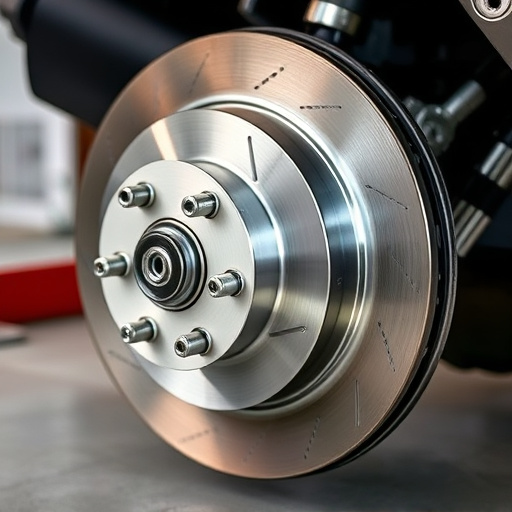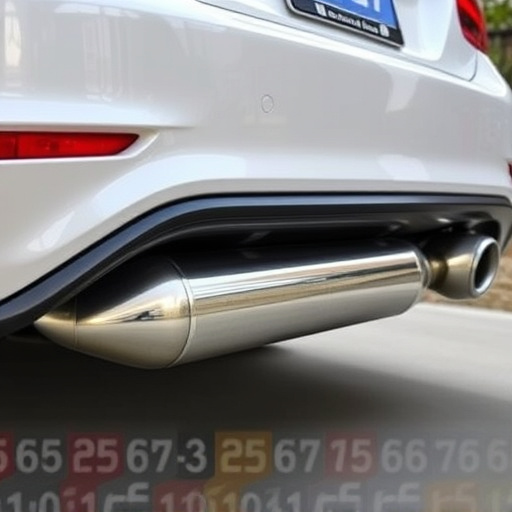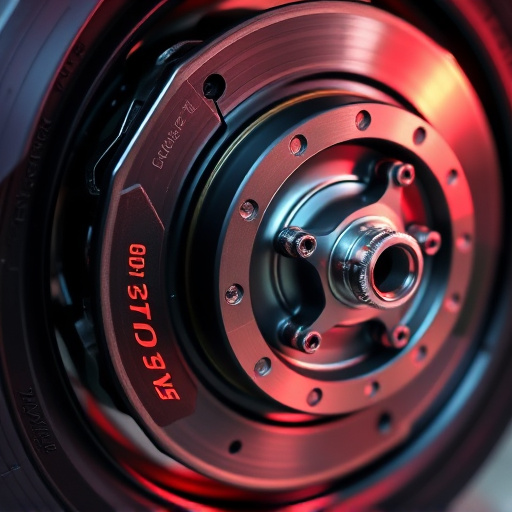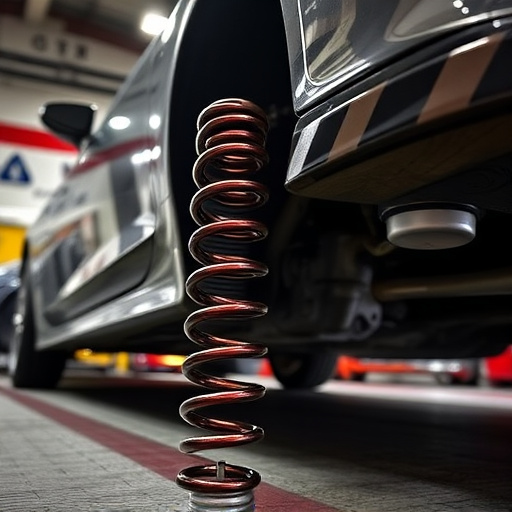Universal catalytic converters are designed to reduce vehicle emissions using precious metals as catalysts and ceramic/metal monoliths for increased surface area. Their construction involves meticulous material selection, innovative design techniques, and balancing structural integrity with lightweight materials. Performance varies based on design, materials, and construction methods, with key factors including emission reduction capabilities, adaptability, and material science. High-quality precious metals and precise engineering ensure optimal flow dynamics, leading to improved catalytic activity, longer service life, and enhanced aesthetics.
Universal catalytic converters (UCCs) play a vital role in reducing exhaust emissions across various vehicles. This article delves into the core components and construction techniques that define UCCs, examining how these factors influence performance and efficiency. We explore the materials science behind these advanced devices, highlighting the latest innovations in catalyst supports, washcoats, and catalysts. By comparing different construction methods, we provide insights into the optimal design considerations for maximized environmental impact.
- Materials Used in Universal Catalytic Converters
- Construction Techniques and Design Considerations
- Comparative Analysis of Performance and Efficiency
Materials Used in Universal Catalytic Converters

Universal catalytic converters are designed to reduce harmful emissions from vehicles, making them a vital component for eco-friendly transportation. The materials used in their construction play a significant role in their efficiency and longevity. Typically, these converters incorporate a range of advanced materials, including precious metals like platinum, palladium, and rhodium. These metals act as catalysts, facilitating chemical reactions that transform toxic gases into less harmful substances.
Besides precious metals, universal catalytic converters often feature ceramic or metal monoliths, which provide a large surface area for the catalytic reaction to occur. The monoliths are designed with intricate pathways to ensure optimal gas flow, allowing for efficient conversion of pollutants from the vehicle’s exhaust. Additionally, certain converters may include special coatings or washcoat materials that aid in trapping and converting specific emissions, such as particulate matter or nitrogen oxides, further enhancing their overall performance across various intake components, muffler tips, and air intake systems.
Construction Techniques and Design Considerations

The construction of a universal catalytic converter involves careful material selection and innovative design considerations to ensure its effectiveness across various applications. Manufacturers employ advanced techniques such as precise metal forging, casting, and machining to shape the converter’s components. These methods allow for intricate designs, enabling optimal flow patterns within the converter, enhancing efficiency.
Designers must balance the structural integrity required to withstand high temperatures and pressure with lightweight materials, often utilizing exotic alloys and specialized ceramics. This balance is crucial, especially when considering the converter’s integration into vehicles with diverse engine types. Additionally, the layout of catalyst beds, support structures, and connecting points must accommodate specific vehicle requirements, ensuring compatibility with other essential components like brake pads, high-performance parts, and air intake systems.
Comparative Analysis of Performance and Efficiency

The performance and efficiency of universal catalytic converters can vary significantly based on their design, materials, and construction methods. When comparing different models, several key factors come into play. One of the primary considerations is the converter’s ability to reduce harmful emissions, particularly in vehicles with various engine types and configurations. Universal catalytic converters are designed for a wide range of applications, so their adaptability and versatility are essential.
In terms of efficiency, these converters rely on high-quality materials like precious metals (such as platinum, palladium, and rhodium) to facilitate chemical reactions that transform toxic gases into less harmful compounds. The construction process involves precise engineering to ensure optimal flow dynamics within the converter, allowing for efficient conversion even in challenging conditions. Factors such as particle size distribution of catalysts, washcoat thickness, and the overall structure impact performance, with advanced designs offering improved catalytic activity and longer service life, especially when compared to standard or lower-quality converters. This comparative analysis highlights the importance of material science and engineering in enhancing the universal catalytic converter’s effectiveness across diverse vehicular air intake systems and suspension kits, as well as improving the aesthetics with tailored muffler tips.
Universal catalytic converters have evolved through advancements in materials science and construction techniques, leading to improved performance and efficiency. By comparing the materials used and construction methods, we can appreciate how these innovations contribute to cleaner emissions across various vehicles. As research continues, further optimizations are expected to enhance the effectiveness of universal catalytic converters, playing a pivotal role in sustainable transportation.














